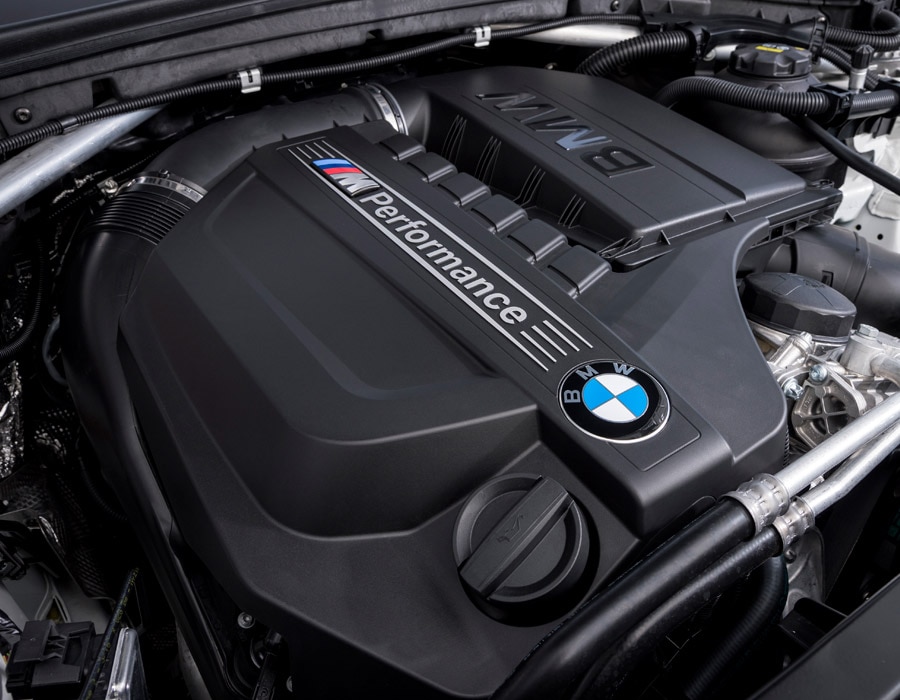Discovering the Advancement of Burning Engines in Modern Transportation Solutions
As we browse the landscape of contemporary transportation, the evolution of burning engines stands as a testimony to human ingenuity and engineering expertise. The interplay of history, technology, and ecological issues in shaping the trajectory of burning engines produces a narrative that is both engaging and informative.
Early Beginnings of Combustion Engines
Exactly how did the concept of burning engines very first emerge in the very early stages of transport advancement? When the concepts of internal burning were first discovered, the roots of burning engines can be mapped back to the 17th century. In 1673, Christian Huygens conceptualized a standard interior combustion engine that made use of gunpowder to generate power. Nonetheless, it wasn't until the late 19th century that sensible applications of combustion engines in transport began to emerge.
The breakthrough moment featured the invention of the very first effective gasoline-powered engine by Karl Benz in 1885 - bmw engine. This engine led the way for the growth of the modern car, transforming transportation systems worldwide. Succeeding technologies by Nikolaus Otto and Gottlieb Daimler even more refined burning engine modern technology, leading to the mass production of cars and the rapid growth of the transport industry
These early burning engines were characterized by their simpleness and effectiveness, laying the structure for the facility and effective engines utilized in contemporary transportation systems. The evolution of combustion engines has been instrumental in shaping the way we take a trip and move items, noting a considerable milestone in the background of transport advancement.
Shift to Internal Burning Modern Technology
The shift to interior combustion modern technology noted an essential shift in the development of transportation systems. This change began in the late 19th century, with creators like Nikolaus Otto and Gottlieb Daimler developing the initial effective internal burning engines. These engines reinvented transportation by offering an extra effective and effective alternative to vapor engines and electric motors.
One of the crucial advantages of inner burning engines was their ability to be reduced to match vehicles, causing the development of automobiles and bikes. This shift from bulky, stationary engines to compact, mobile ones led the way for the modern-day transportation systems we see today.
The change to internal burning technology likewise spurred improvements in fuel innovation, leading to the advancement of gasoline and diesel as main gas sources for lorries. This shift not just made transportation a lot more available to the masses however additionally laid the foundation for the oil and gas sector to end up being indispensable to global economic situations.
Impact of Combustion Engines on Transport
The fostering of combustion engines in transport systems militarized a profound change in the efficiency and speed of international movement. Burning engines transformed transport by providing a trustworthy and functional source of power for various lorries, including cars and trucks, vehicles, airplanes, and ships. This innovation substantially boosted the ability for individuals and items to relocate over lengthy distances in shorter amount of time, causing raised connection in between areas and countries.
Moreover, the extensive usage of burning engines has had a significant effect on economic development. The ability to carry products effectively has spurred profession and business, enabling services to broaden their markets and reach consumers worldwide. This has actually promoted financial growth and globalization, as products can now be transported faster and in bigger amounts than ever in the past.
Nevertheless, the environmental impact of combustion engines can not be overlooked. The combustion of nonrenewable fuel sources has resulted in air pollution and greenhouse gas exhausts, adding to environment change and positioning health and wellness risks to populaces. bmw engine. Therefore, there is a growing emphasis on creating alternate propulsion innovations to mitigate these adverse impacts and create an extra sustainable future for transport
Advancements in Combustion Engine Layout
Many developments in burning engine style have actually driven the development of transport systems over the decades. One notable technology is the advancement of turbocharged engines, which make use of exhaust gases to drive a wind turbine that presses incoming air, permitting more gas to be charred, causing enhanced power result without a significant boost in engine size. Furthermore, straight injection modern technology has enhanced gas effectiveness and efficiency by precisely managing the quantity and timing of fuel injected right into the combustion chamber. Variable shutoff timing systems have actually also changed engine design by maximizing try this web-site airflow at different engine rates, enhancing both power and effectiveness. An additional significant improvement is the assimilation of lightweight materials such as carbon fiber and light weight aluminum alloys, minimizing overall engine weight and enhancing car gas economic situation. Furthermore, improvements in computer-aided layout have made it possible for engineers to optimize engine performance and performance through simulations before physical models are constructed, saving time and resources in the advancement procedure. These technologies jointly add to the continuous enhancement of combustion engines in contemporary transport systems.
Future Patterns in Burning Engine Growth
With technology innovations driving continual advancement, the future of burning engine development is poised to reinvent transportation systems internationally. One of the essential patterns in burning engine advancement is the push in the direction of greater performance and reduced exhausts.
Another famous fad is the adoption of crossbreed technologies in combustion engines. Crossbreed engines integrate typical burning modern technology with electrical power, using boosted fuel effectiveness and reduced discharges. As the auto these details market shifts towards electrification, hybrid burning engines are seen as a transitional service that links the gap in between standard vehicles and totally electrical ones.
Additionally, the assimilation of wise modern technologies, such as expert system and data analytics, is anticipated to play a substantial duty in the future of combustion engine advancement. These modern technologies can maximize engine efficiency in real-time, leading to more reliable combustion processes and improved overall vehicle performance. Welcoming these future fads will certainly not just drive technology in burning engine development but additionally contribute to a more environmentally pleasant and lasting transport ecological community.

Final Thought
Finally, the evolution of burning engines in modern-day transportation systems has actually been noted by considerable innovations in innovation and style. From the very early starts of combustion engines to the transition to internal burning innovation, these engines have actually had an extensive influence on transportation. Technologies in burning engine design remain to drive development in this area, with future fads concentrating on further improving performance and decreasing discharges. The future of combustion engines in transport looks appealing as r & d initiatives remain to press limits.
The origins of burning engines can be traced back to the More about the author 17th century when the principles of internal combustion were very first checked out. These engines changed transportation by offering an extra effective and reliable alternative to heavy steam engines and electric motors.
